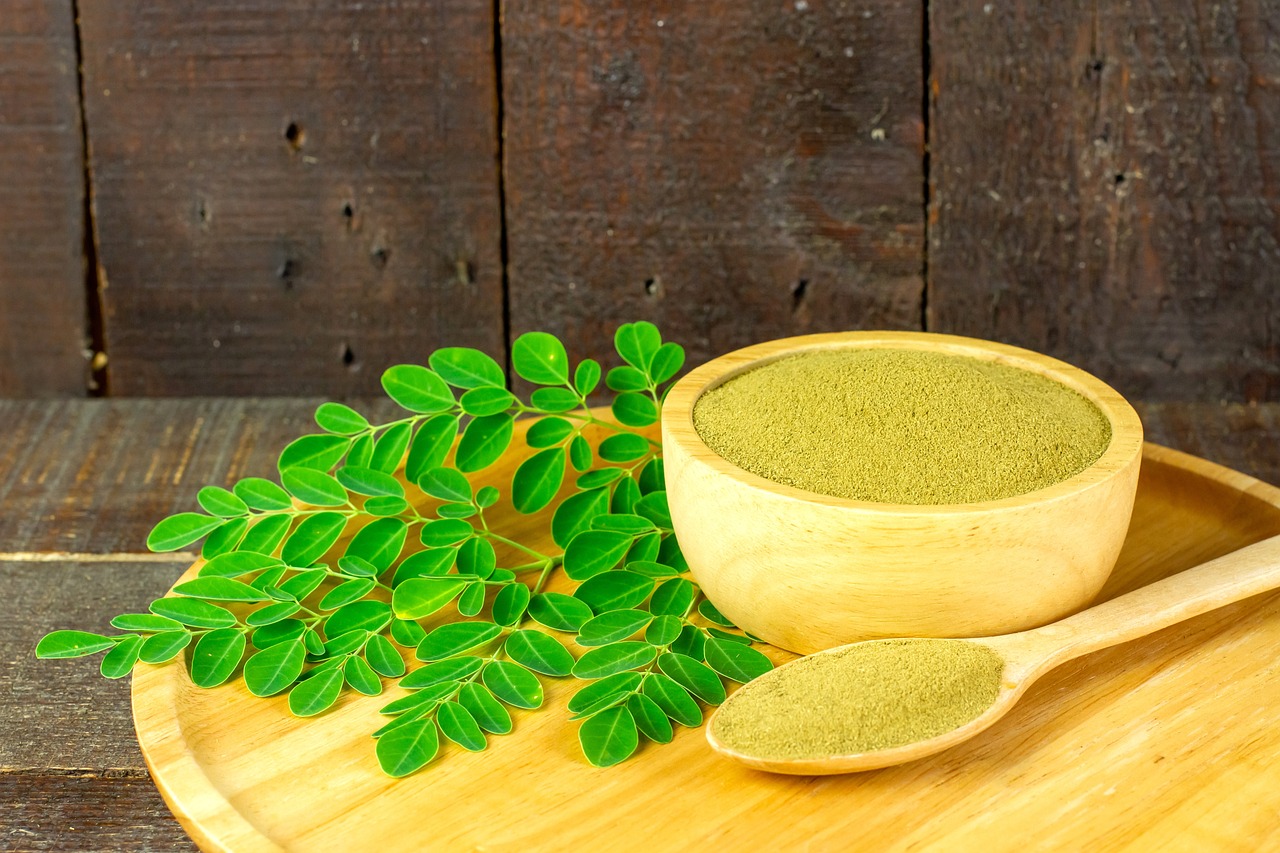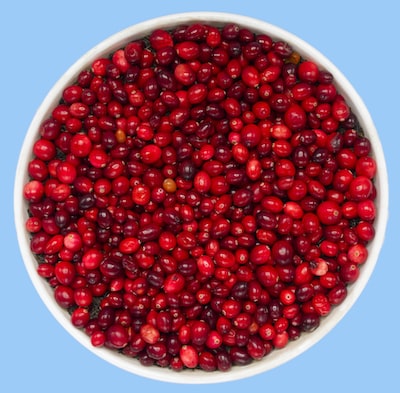Growing Moringa: Cultivating the Nutritious Miracle Tree

Growing Moringa
Growing Moringa puts nourishing greens, protein-rich pods, and fast-growing shade right at your fingertips. Sow moringa seeds in well-drained soil, give this hardy plant plenty of sunlight, and watch it sprout nearly an inch per day. Ready to cultivate your own miracle tree? Here's how to make it happen.
Cheatsheet: How to Grow Your Own Moringa Tree
🌱 Why Grow Moringa
- Superfood: Leaves pack 7x vitamin C of oranges, 4x vitamin A of carrots, 2x protein of yogurt (per 100g dried).
- Self-sufficiency: Fast-growing, drought-tolerant, edible leaves/pods all year in tropics.
- Soil Health: Roots break up hard soil; fallen leaves enrich compost.
🛠️ Tools and Products You'll Need
- Moringa seeds (fresh for best results)
- Potting mix or sandy loam
- Compost or organic fertilizer
- 1–5 gal (4–20L) pots (for container starts)
- Shovel or hand trowel
- Pruners or sharp scissors
- Watering can
🌞 Location & Climate
- Sun: Needs 6–8+ hrs full sun daily
- Zones: USDA 9–11 (survives to 32°F/0°C), protect below 45°F/7°C
- Soil: Loose, well-drained (sandy, not clay-heavy). pH 6.3–7.0.
🌱 Planting Steps
- Soak seeds overnight in water for faster germination.
- Plant seeds 1 in (2.5 cm) deep, 12 in (30 cm) apart, or in pots.
- Water until moist, not soggy. Avoid waterlogging.
- Thin seedlings to strongest if sowing direct.
- Transplant saplings when 12–18 in (30–45 cm) tall.
💧 Water and Feeding
- Young: Water 2–3x/week first 2 months
- Mature: Water once soil dries out
- Feed: Light compost every 2 months
✂️ Pruning & Harvest
- Top plants at 2 ft (60 cm) to bush out
- Clip leaves & tips regularly for bushy growth
- Pods: Harvest when young & green, 6–18 in (15–45 cm) long
🩺 Eat for Health
- Leaves: Fresh, dried, or powdered in salads, soups
- Pods: Steam or stir-fry
- Seeds: Eat raw or roasted (in moderation)
⚠️ Pests & Problems
- Avoid: Overwatering—root rot risk
- Watch: Aphids, caterpillars—use neem spray or hand-pick
- Protect: Young trees from frost and strong wind
Why Growing Moringa Is Worth Your Time
The first time I tasted moringa leaves was in a tiny village kitchen in Kerala. A simple stir-fry, garlic wafting through the humid evening air—bold, nutritious, unforgettable.
That memorable bite inspired me to grow moringa, the much-celebrated "Miracle Tree". Packed with vitamins, calcium, iron, and protein, moringa offers bountiful nutrition in every leaf and pod.
"Gram for gram, moringa leaves pack seven times more vitamin C than oranges, four times more calcium than milk, and more protein than yogurt."
Sound good? Let's dig into how you can succeed in growing moringa in your own garden.
Picking Your Moringa Variety and Seeds
Moringa oleifera thrives in warm climates, flourishing beautifully in USDA zones 9 through 11. If you're in cooler areas, grow it in a large pot to move indoors once temperatures drop below 50°F (10°C).
I recommend sourcing fresh seeds—look for plump, dark kernels. I once planted stale seeds, and trust me, they'll just sit there mocking you from beneath the soil.
Ideal Soil and Location for Moringa
Choose a sunny spot; this tropical native demands at least 6 hours of direct sunlight daily. Select well-draining soil, preferably sandy or loamy, as moringa hates soggy feet.
I learned the hard way—my first moringa struggled in heavy clay. Amend your soil generously with compost or sand to ensure optimal drainage.
Planting Moringa—Step by Step
- Soak seeds overnight to soften their shells.
- Plant seeds 1-inch (2.5 cm) deep, spaced about 1 foot (30 cm) apart.
- Water gently, keeping the soil moist but never flooded.
- Expect germination within 7-14 days. Be patient; good things take time.
Caring for Your Moringa Trees
Once established, moringa tolerates drought surprisingly well. Water moderately—once a week should suffice unless conditions become particularly dry.
Feed your trees sparingly with organic compost every 4-6 weeks from spring through early fall. Overfeeding encourages excessive leaf growth at the expense of overall health.
Pruning and Harvesting Techniques
I prune my moringa aggressively—no mercy here. Cutting back stimulates bushy growth, increasing leaf production dramatically.
Harvest young, tender leaves and pods regularly. They're tastiest before maturity, trust my taste buds.
Pest and Disease Management
Moringa rarely attracts pests, though aphids occasionally make an unwelcome appearance. Blast those freeloaders with a strong water spray or apply neem oil as a gentle eviction notice.
Keep an eye on fungal issues from overwatering or poor drainage. Prevention beats cure—proper spacing and airflow are your best weapons.
Enjoying Your Moringa Harvest
Fresh moringa leaves make fantastic additions to smoothies, soups, or salads. Pods, lightly steamed or sautéed, taste like asparagus meets green beans.
Dry extra leaves in the shade for tea or grind them into powder—nutritional gold, ready year-round.
Growing moringa enriches your garden and your diet. Why not plant your own miracle tree and savor its abundant gifts?
Frequently Asked Questions About Growing Moringa
What climate conditions best support growing moringa?
Moringa thrives in warm, tropical, and subtropical climates. It grows vigorously in temperatures ranging between 70°F to 95°F (21°C to 35°C) and requires abundant sunlight, ideally 6 to 8 hours of direct sun daily. While established moringa trees can tolerate mild frost, sustained temperatures below 50°F (10°C) can slow growth significantly.
What kind of soil benefits moringa growth?
Moringa trees prefer well-drained, sandy or loamy soil with a slightly acidic to neutral pH level between 6.3 and 7.0. Heavy clay or waterlogged soils impede root development, so amend dense soils with organic compost or sand to promote healthy root growth.
How frequently should moringa trees be watered?
Water young moringa saplings regularly, approximately two to three times per week, keeping the soil moist but never saturated. Once established, moringa exhibits drought tolerance, making supplemental watering necessary only during prolonged dry periods. In dry spells, consider irrigating mature trees once per week, providing roughly 1 inch (2.5 cm) of water.
What is an effective fertilizer strategy for moringa trees?
Moringa responds positively to organic fertilization practices with compost or aged manure. Apply a thin layer of compost or manure around the tree base every 3 to 4 months. Alternatively, a balanced slow-release fertilizer (such as 10-10-10) applied annually supports steady growth and leaf production.
How often should moringa trees be pruned?
Routine pruning stimulates lush leaf growth and improves tree structure. Begin pruning when the tree reaches approximately 4 to 5 feet (1.2 to 1.5 meters) in height. Remove top branches regularly to maintain manageable height and encourage lateral branching, ideally every 3 to 4 months. This approach promotes leaf harvesting and ensures vigorous regeneration.
What pests and diseases affect moringa trees, and how can they be managed?
Moringa trees rarely suffer from significant pest or disease infestations. Still, they may occasionally attract pests like aphids, caterpillars, or spider mites. Regular monitoring, timely pruning of infested leaves, and the application of organic insecticidal soap sprays effectively manage these issues. Maintaining proper soil drainage helps prevent fungal diseases such as root rot.
When and how are moringa leaves harvested?
Begin harvesting moringa leaves approximately 6 to 8 months after planting, once the tree reaches around 6 feet (1.8 meters) tall. Harvest by carefully cutting entire branches, leaving approximately 1 foot (30 cm) of growth on the tree to encourage regrowth. Regular harvesting every 6 to 8 weeks enhances continuous leaf production and keeps the tree productive.
Growing Moringa rewards patience and a little grit. This resilient tree thrives where others wilt, turning sun and soil into pure nutrition. Keep it well-watered at the start, and it will pay you back with fast growth and a bounty of edible leaves. Prune often for bushier harvests, and don’t be shy—this tree can handle a trim. With a spot in full sun and well-draining soil, moringa’s protein-rich leaves and pods will soon be on your table. If you’re already growing tough crops like saltwort or kudzu, moringa fits right in. Give it a try—sometimes the simplest plants offer the richest rewards.
The Prepper’s Guide to Cultivating Moringa for Nutritional Independence
Selecting Optimal Varieties
- Moringa oleifera PKM-1: Fast-growing hybrid, yields 220-260 pods per year, matures in 6-8 months.
- Moringa stenopetala: Tolerates drought better, deeper roots for limited water scenarios.
Efficient Propagation Tactics
- Direct Seeding: Sow at ¾ inch (2 cm) depth; germination within 7-14 days at 70-90°F (21-32°C).
- Coppicing Method: Cut main stem at 3 ft (1 m) after 6 months to stimulate rapid leaf production.
Maximizing Nutritional Harvest
- Harvest leaves early morning for highest Vitamin C (up to 220 mg per 100 g fresh leaves).
- Dry excess leaves in shade (<104°F/40°C) to retain nutrients (27% protein by weight).
Long-term Storage Techniques
- Leaves: Thoroughly dry, powder, store vacuum-sealed; shelf life 6-12 months.
- Seeds: Dry fully (10% moisture), store airtight; germination viability up to 3 years.
Self-Sufficient Water Purification
- Crushed seed powder clears bacteria and sediment from water; 50-150 mg powder treats 1 liter (1 quart).
- After stirring, let settle for 1-2 hours; remove clear water for consumption (99% bacteria removal).
Integrated Pest Management with Natural Solutions
- Neem oil diluted (1 tbsp to 1 liter water) repels caterpillars and aphids effectively.
- Plant garlic, basil, or marigolds as companion plants to naturally deter pests.
Heading 1
Heading 2
Heading 3
Heading 4
Heading 5
Heading 6
Lorem ipsum dolor sit amet, consectetur adipiscing elit, sed do eiusmod tempor incididunt ut labore et dolore magna aliqua. Ut enim ad minim veniam, quis nostrud exercitation ullamco laboris nisi ut aliquip ex ea commodo consequat. Duis aute irure dolor in reprehenderit in voluptate velit esse cillum dolore eu fugiat nulla pariatur.
Block quoteOrdered list
- Item 1
- Item 2
- Item 3
Unordered list
- Item A
- Item B
- Item C
Bold text
Emphasis
Superscript
Subscript
Find out which plants will thrive in your garden!
Answer a few fun questions and get custom plant recommendations perfect for your space. Let’s grow something amazing together!

start your season





